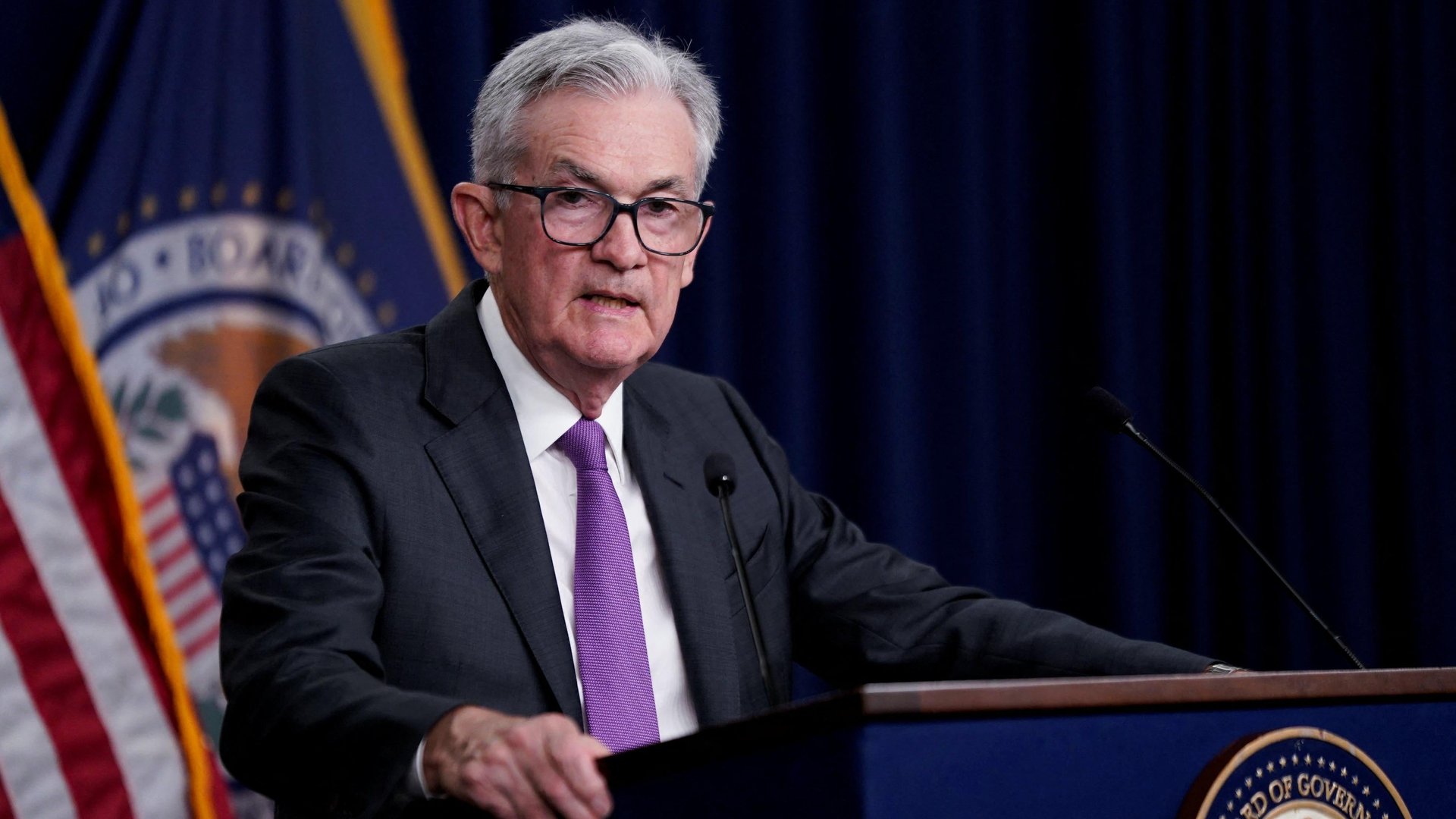Why does the Fed want to keep everyone guessing about interest rate hikes?
The central bank has to make sure Americans don't start accelerating their spending in a big way

The Federal Reserve raised its benchmark interest rate today (July 26) by 25 basis points, and where it goes next is literally anyone’s guess. There were no hints forthcoming from Fed chair Jerome Powell, who said that monetary policy officials had not made any decisions about whether they would raise rates at future meetings or at what pace.
Suggested Reading
This means the central bank is leaving all options open. It could choose not to hike rates again in September, it could hike just once more by 25 basis points between now and the end of the year, it could hike by that amount multiple times this year, or it could hike by even greater amounts.
Related Content
Keeping investors and traders guessing about the future of rate hikes is one way to make sure that spending doesn’t pick up in a significant way in the future.
“We need to stay on task, and we think we’re going to need to certainly hold policy at a restricted levels for some time, and we need to be prepared to raise further if that, if we think that’s appropriate,” Powell said at a press conference following its latest rate hike announcement.
Powell did at least provide some color on the prospect for rate cuts, saying none would be forthcoming until at least 2024. “We would we’d be comfortable cutting rates when we’re comfortable cutting rates, and that won’t be this year,” he said.
Why wasn’t recent inflation data enough to stop the July rate hike?
Reporters asked Powell why recent progress in taming inflation hadn’t made monetary policy officials pause rate hikes again in July after skipping an increase in June. The Fed chair said the central bank didn’t want to put too much emphasis on one month’s inflation data, and that economic growth had picked up.
The fact unemployment has stayed at the same 3.6% rate as when the Fed started raising rates in March 2022 was a “blessing,” Powell said. Historically, when the Fed raises rates rapidly it increases unemployment in the US economy. Every month that unemployment remains low is another indication that the Fed could lower inflation without triggering mass layoffs.
Between now and the Fed’s next meeting in September, central bank policymakers will be able to review two more jobs reports, two more consumer price index reports, and an employment cost index report. This data will help Fed officials decide where inflation might be headed next, Powell said.
Slowing the pace of rate hikes to determine their impact on borrowing and the overall economy means that the committee could hike two out of every three meetings. But Powell said recent patterns shouldn’t suggest that the central bank will only raise rates every other time its monetary policy committee has a meeting. In other words, he’s going to keep the markets guessing.